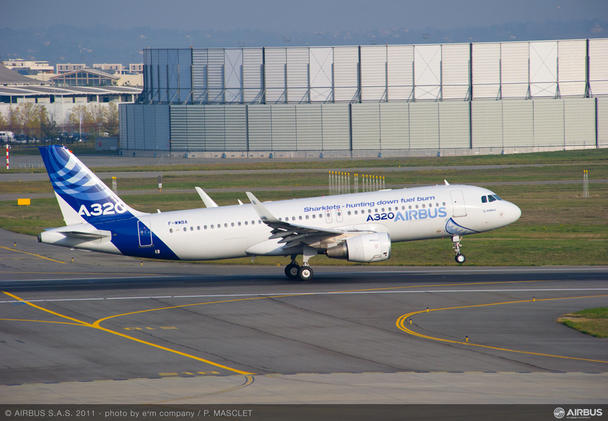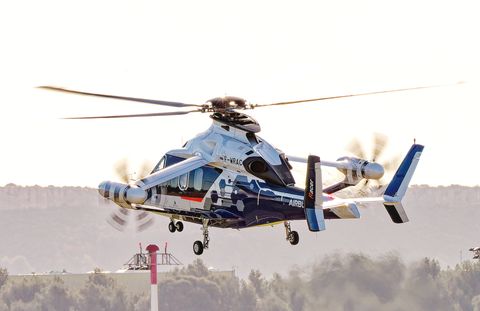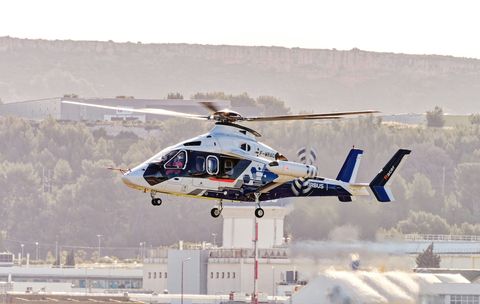The Wonder of Wings

Whether we’re flying to explore new destinations, visit loved ones or conquer our next work conference, we don’t always think about the wings that help us get there. Yet they are highly-engineered devices capable of handling the loads and forces that long thwarted humankind’s desire to fly. Let’s take a moment to explore how wings work, and what’s inside.
Look out of the window next time a pair of wings carries you into the skies, and consider their beauty. How do they work, what’s inside and what could the wing of tomorrow look like? Read on for an uplifting experience!
Getting off the ground
It takes a lot of lift to get an aircraft off the ground. Calculating exactly how much is… complicated. If you really need to know, the lift required is equal to half the density of the air the aircraft is flying in, multiplied by the speed of the aircraft, squared; by the wing surface area; and by the lift coefficient, which is based on the wing’s angle of attack and shape, or camber.
In simpler terms, the camber causes air flowing around the wing’s lower surface to have an increased pressure. That generates lift. Once the lift force is greater than the weight of the aircraft (i.e., the gravitational mass holding it down), we have takeoff.
Heavy lifting
What makes up a wing?
At cruise speed, most of the lift that keeps the aircraft in the air comes from forward movement. At low-speed phases of flight however, a little help is needed. That comes from the flaps and slats, which temporarily increase the wing’s surface and camber - remember that lift calculation? These are collectively known as ‘high-lift devices’.
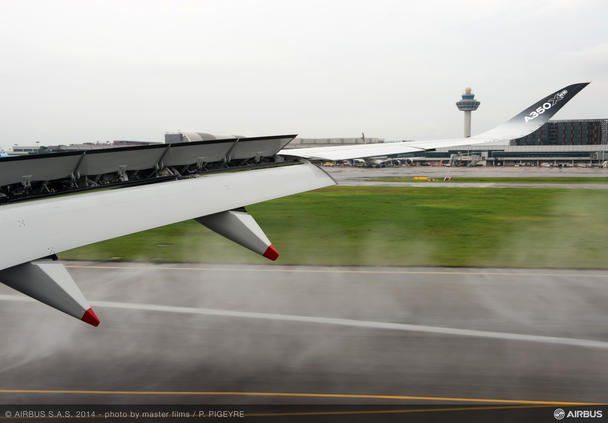
Slats are an extension of the wing leading edge; flaps of the trailing edge. They deploy at an angle, gradually increasing the wing’s overall camber. You’ve probably noticed them during a flight, when you can hear the actuators that drive them whirr into life.
Spoiler alert
Spoilers, as the name suggests, ‘spoil’ airflow to slow an aircraft down. Located on the trailing edge just forward of the flaps, they deliberately create drag and destroy lift.
Further along the wing’s trailing edge, past the flaps, are the ailerons. Deploying them raises the wing, putting the aircraft into a bank to make a turn. The further from the hinges you push at a door, the easier it is to open. It’s the same principle for the ailerons, which is why they are located at the wing tip for maximum effect.
Lowering the aileron on the left wing lifts it, while raising the aileron on the right wing has the opposite effect. That puts the aircraft into a right bank in this case.
Like spoilers, ailerons are hydraulically controlled - meaning they use the force of liquid pressure - as this provides a faster response than mechanical actuators. That’s important when manoeuvring at high speed.
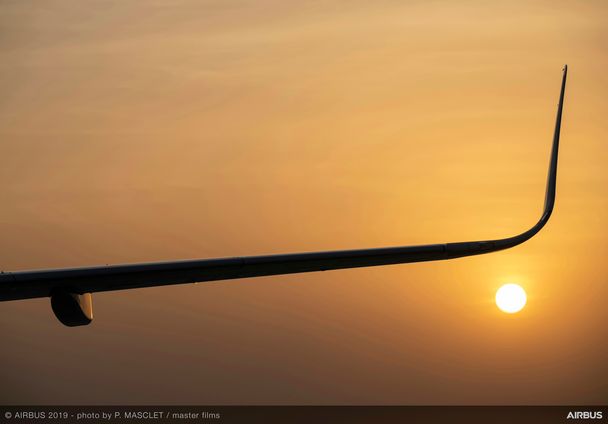
Airbus A320neo PW MSN6101
Immatriculation number: F-WNEO
High temperatures test in Al Ain, Abou Dabi
Natural efficiency
Right past the ailerons are the winglets. These ‘mini wings’ help cancel drag-inducing vortices - whirls of air - that form as air skirts around the wing tips. Their main function is to make the wings longer, boosting their lift potential. Think of an albatross with its long, slender wings. It can glide for hours on currents of air, such is their efficiency.
In the cruise phase of flight, an aircraft moves through air many degrees below zero. Ice forms on the wing, dampening the leading edge’s aerodynamic efficiency. So Airbus aircraft ‘bleed’ hot air from the engines to heat the leading edge and slats, keeping ice at bay.
Fuelling around
The wings are also where fuel is stored. Fuel is used to reduce load, or ‘stress’ on the aircraft. As the wing bends upwards for example, storing fuel outboard helps counteract the increased stress. Shifting it around requires pumps which are automatically managed by the aircraft’s fuel management system.
Then there are the water drains. Jet fuel contains water, which condenses in the tanks. If the water sinks to the bottom of the wing, it could interfere with the functioning of the engine, so it needs to be regularly drained.
Finally, the electrical harnesses and hydraulic pipes that power the flight control actuation systems are all fed through the wing’s trailing edge and have redundancy designed in to ensure those systems are always available, even in failure scenarios.
What's next for wings?
In a perfect world, the ideal wing would be long, slender and flexible with foldable wingtips to generate even more lift and efficiency. It would be made from lightweight materials and may not be used for fuel storage the way current wings are. This is because hydrogen, one of kerosene’s likely long-term successors, will require a new approach to where we store fuel on an aircraft. Hydrogen has to be stored in large cryogenic tanks, most likely within the fuselage. This changes an aircraft’s centre of gravity, which would have an impact on future wing design.
This new approach to wings opens up possibilities. If fuel is no longer stored in the wings, we need to rethink size, how we counterbalance load, and a number of other factors. On the other hand, it could mean more space to fit and store high-lift devices, making systems installation easier.
Airbus has dedicated research programmes that explore these new technologies. In our Wing of Tomorrow programme, for example, experts study how to adapt the wing for new technologies, how to build it and how to mass-produce it for future-generation aircraft. We’ll take a closer look in the next article in this series. Stay tuned!
The lift equation
L= CL x ½ 𝜌 v2s
Where L = lift, CL = lift coefficient, 𝜌 = air density, v = speed and s = surface area
Biomimicry benefits
The vortice-cancelling winglets found at the end of an aircraft wing are inspired by a shark’s dorsal fin, which provides steering, lift and propulsion. These winglets, in the case of the A320 Family, are an example of biomimicry, the emulation of systems and elements in nature to enhance human creations.
